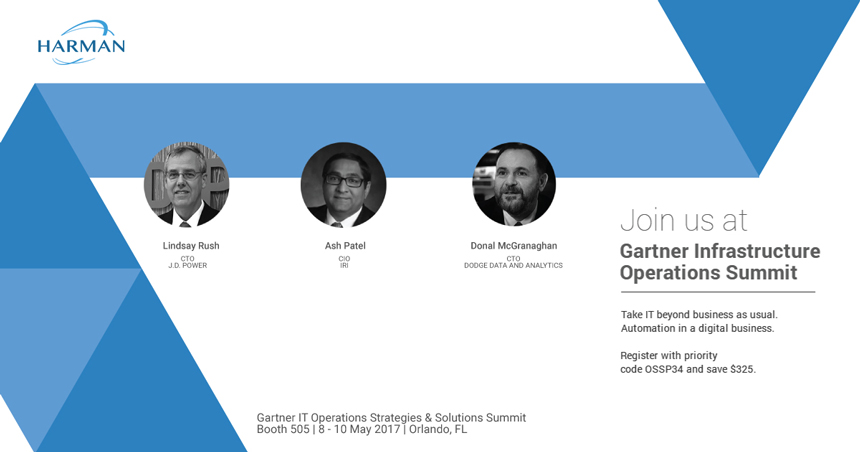- Some claim that Digital technologies are the epitome of Next Gen IT
- Others say that Next Gen IT is cloud based technologies
- While some others say that it is automation
- And of course, there are some who claim that it is all of the above!
What we notice here that most of these “Points of View” are focused on the technology aspects and not the value the technologies bring in – which is to transform organizations into Digital Enterprises and enable them to stay competitive, explore new markets and meet the ever changing demands of their customers.
So is Next Gen IT making the current IT (in its various complex layers of infrastructure and applications) and adding a layer of intelligence to it? Is it reinventing IT as we know it? My take is that it is the natural evolution of IT which enables organizations to survive the new normal of the Enterprise and Consumer Marketplace. Much in the same way that at one time Mainframes and subsequently Open Systems were considered as disruptive technologies. As Charles Darwin would say – It is the survival of the fittest. Organizations which adopt this new reality are the ones who will survive and thrive in the future.
So why does every organization want to go Digital? Isn’t Next Gen IT more than the sum of Legacy and Digital technologies working in a symphony? Next Gen IT is the enabler for providing an enhanced customer experience by essentially changing the business models that enterprises operate on.
There are more than a few examples around us.
- Chemical and fertilizer companies are changing business models to commit to the yield that a farmland would have rather measure the amount of fertilizer sold.
- This entails the use of complex technologies like IoT (soil samples) to GIS (weather, farm mapping) and even driverless cars (tractors - which sow the seeds and water the farms)
- Similarly retail companies are exploiting the benefits of omni-channel retail to cater to different consumer segments
- This is through intelligent data gathering and analytics from physical stores and online usage patterns of their customers
- While some companies are changing their business and financial models to offer their products As-a-Service to their clients
- This opens up a whole new segment of customers who might not have been able to afford these products earlier
So what is the impact of this? Enhanced Customer experience! And we know that is what brings the dollars home.
This begs the question - Why didn’t someone think of this before? The business models have existed since years. But was it possible to implement (with a high level of accuracy) these business models without the underlying technologies that make it happen? How would the measurements (consumer sentiments, soil moisture) be carried out and analyzed intelligently? And at scale? That’s where the Next Gen IT comes into play by seamlessly integrating across the available technology stack and adding a layer of intelligence to it.
Looking at it through the prism of IT Infrastructure and Operations:
- How can organizations introduce monitoring and management tools and technologies that can predict a potential outage in advance and send out alerts
- Business Impact? Avoidance of potential loss of business due to an outage (which could also lead to customer dissatisfaction and switching loyalties to other providers)
- How can embracing Cloud technologies lead to enhanced productivity of employees and lead to financial gains?
- Business Impact? Lower Capex, Easier to integrate technologies and processes during a M&A scenario leading to faster go-to-market and lesser investments
- Moving from traditional SLA’s to Business Level Agreements with a financial stake of the service provider
- Business Impact? Service providers become true Business Partners to Enterprises and have a stake in the success of their technology
We do understand that most (make that all) organizations have a Hybrid IT environment consisting of legacy and digital technologies. How organizations understand the capabilities and advantages of both IT environments and maximize their productivity to yield business results is what would define their future.
The bottom line is - Next Gen IT is not about Information Technology. It is all about the end consumer. It is about enterprises using technology intelligently to provide an unmatched customer experience.

Come join HARMAN at the Gartner IT Operations Strategies & Solutions Summit on Wednesday 10th May(9:30Am), 2017 in Orlando, FL. Witness HARMAN experts and a cross-industry customer panel of C-level technology executives discuss transformational initiatives that encompasses a digital business framework. This exciting panel will delve into some key topics like Asset-light infrastructure, fit-for-purpose tool chains, IT culture that is customer driven. Register here!
